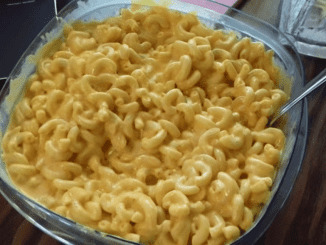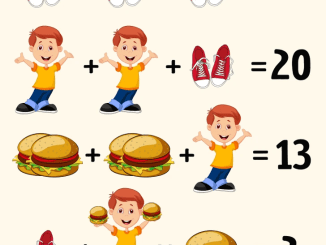Picture puzzles can be fun yet challenging, especially when they involve animals and some math. Today, we’re diving into a particularly tricky one that’s left many people scratching their heads. But don’t worry! By the end of this article, you’ll know exactly how to solve this puzzle and understand why the final answer is what it is.

Understanding the Elements in the Puzzle
At first glance, the puzzle might seem overwhelming. You’re faced with rows of animals—chickens, ducks, and foxes—and your job is to figure out what each one represents. Once you’ve cracked the code, solving the final equation will be a breeze. Let’s take this step by step.
Step 1: Solving the First Row – The Chickens
In the first row, we see three chickens. According to the equation, these three chickens add up to 12. That means each chicken is worth the same amount.
To find the value of each chicken, simply divide the total by the number of chickens:
12 ÷ 3 = 4
So, each chicken represents 4.
Step 2: The Ducks in the Second Row
Next up, we have ducks. This row is a little different because it uses multiplication. Here, the three ducks multiplied together give a total of 8. So, we need to figure out the individual value of one duck.
If three identical ducks multiplied together give 8, we need to reverse the process. Let’s find the cube root of 8:
2 x 2 x 2 = 8
That tells us each duck is worth 2.
Step 3: The Foxes in the Third Row
In the third row, three foxes are added together to give a total of 15. Much like with the chickens, we’ll divide the total by the number of foxes to find the value of one fox:
15 ÷ 3 = 5
This means each fox has a value of 5.
Step 4: The Final Row – The Equation to Solve
Now comes the trickiest part—the final equation. The puzzle gives us the following expression to solve:
Chicken – Duck x Fox = ?
Now that we know the values for each animal, we can replace the names with the numbers we’ve calculated:
4 (Chicken) – 2 (Duck) x 5 (Fox) = ?
Before you rush to subtract, remember that in math, we always follow the order of operations, also known as PEMDAS (Parentheses, Exponents, Multiplication and Division, Addition and Subtraction). According to this rule, multiplication comes before subtraction.
So, we first multiply:
2 x 5 = 10
Then, we subtract the result from the value of the chicken:
4 – 10 = -6
The Answer: -6
And there you have it! The answer to this tricky picture puzzle is -6.
Why This Puzzle is So Tricky
At first glance, this puzzle might seem simple. After all, it’s just a few animals and numbers, right? But what throws most people off is the order of operations. Many people make the mistake of subtracting before multiplying, which would give them the wrong answer. But as we’ve just demonstrated, you need to multiply first and then subtract to get the correct result of -6.
Another factor that adds to the puzzle’s complexity is that people often assume all rows will follow the same pattern. But this puzzle mixes things up with both addition and multiplication, making it crucial to pay attention to the details in each row.
The Importance of Understanding the Order of Operations
This puzzle is a great reminder of why the order of operations is so important in math. Without following the correct steps—multiplying before subtracting—you’d end up with the wrong answer. This rule is something many of us learn in school but often forget when we encounter puzzles like this one.
Conclusion: Did You Get -6?
So, how did you do? Did you also get the answer of -6? If so, congratulations! You’ve successfully solved this tricky picture puzzle by following the correct steps and applying the order of operations.
Puzzles like this one are a fun way to challenge your mind and practice your problem-solving skills. Next time you encounter a similar puzzle, remember to take your time, break it down, and always follow the rules of math. Happy puzzling!


